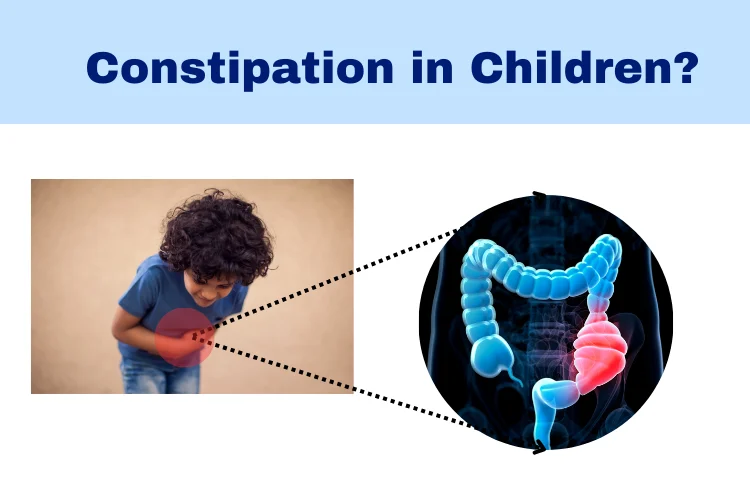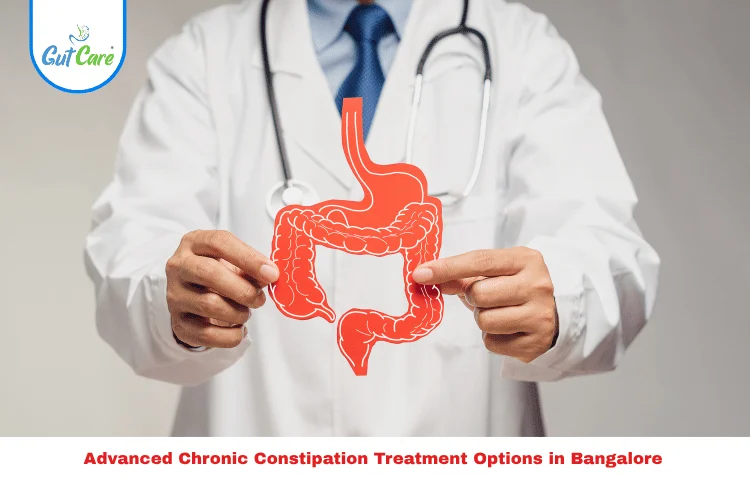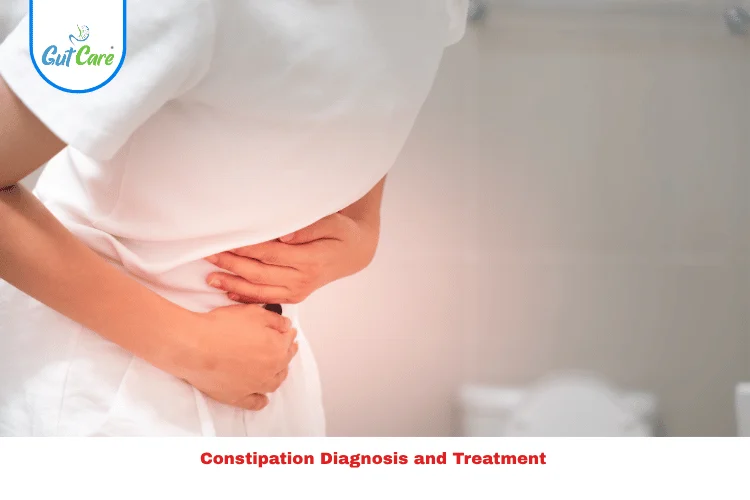Does your child often complain about stomach aches or go several days without a bowel movement? Constipation in children is more common than you might think, and it can cause discomfort, crankiness, and worry for both kids and parents. The good news? With the right understanding and simple lifestyle changes, it’s easily manageable.
What is Constipation in Children?
Constipation in children occurs when a child has infrequent, hard, or painful bowel movements. It may also include difficulty passing stools or feelings of incomplete evacuation. Some children may avoid using the toilet due to pain or fear, which worsens the issue.
Common Signs of Constipation in Kids
Observing the early signs of constipation in children can warrant timely intervention. Please note:
- Fewer than three bowel movements per week.
- Hard, dry, or large stools.
- Straining or pain during bowel movements.
- Blood on the stool or toilet paper.
- Abdominal pain or bloating.
- Avoiding toilet time.
- Soiling (leakage of stool in underwear).
If these signs are observed in conjunction, then chronic constipation may be a possibility in children.
Causes of Constipation in Children
Several reasons for constipation in children include:
1. Insufficient Intake of Fiber
Fiber softens stool. For children, lacking dietary fiber from fruits, vegetables, and whole grains in their diet can cause constipation.
2. Insufficient Intake of Water
Hydration and child constipation go together. If no fluids, stools can get hard, thus become difficult to pass.
3. Avoiding Toilet Visits
Some children try to avoid their school toilets as they have a different environment attached to other toilets, and thus stool accumulation occurs.
4. Change in Routine
Traveling, starting school, or having stress at home can cause an upset in children’s regular bowel habits.
5. Medical Conditions
Though not very common, they can cause constipation due to diseases such as hypothyroidism or food allergies.
Preventing Constipation in Kids
Treatment is frequently more difficult than prevention. Here are some easy strategies to keep kids from getting constipated:
1. Promote a Diet High in Fiber
Your child’s meals should contain foods high in fiber, such as apples, pears, bananas, oatmeal, broccoli, beans, and whole grains.
2. Make Sure They’re Hydrated
Make sure your child consumes adequate water each day. Giving tiny sips on a regular basis is beneficial for younger children.
3. Create a Schedule
Establish regular times for eating and using the restroom. You can help your child develop a habit by encouraging them to use the restroom after meals.
4. Get Things Going
Bowel movements are stimulated by physical activity. Encourage dancing, walking, or playing outside.
Treatment for Pediatric Constipation
There are a number of efficient ways to treat pediatric constipation, so don’t worry if your child is already experiencing it.
1. Dietary Modifications
Increase your water intake and eat more meals that are high in fiber.
2. Home Treatments for Constipation in Children
- Warm baths to ease tense muscles in the abdomen
- Use apple juice or prune sparingly.
- Massage the area surrounding the stomach.
- Encourage consistent use of the restroom following meals.
3. Children’s laxatives (under a doctor’s supervision)
Short-term use of mild stool softeners or laxatives is acceptable, but children should only take laxatives as directed by a pediatrician.
When to See a Doctor for Child Constipation
You should see a doctor for child constipation if:
- Constipation lasts longer than two weeks
- There’s blood in stool
- The child has fever, vomiting, or weight loss
- Home treatments aren’t helping
- There’s a family history of digestive issues
Timely medical attention prevents complications such as anal fissures or stool retention.
Help your child stay regular—start their constipation care today with expert advice!
Dealing with Chronic Constipation in Children
Chronic constipation in children may require long-term management. Pediatricians may suggest:
- A gradual plan involving fiber, fluids, and routine
- Behavioral therapy to reduce toilet anxiety
- Monitoring for underlying medical conditions
- Long-term use of stool softeners (only under supervision)
Simple and Safe Home Remedies
The following are mild at-home treatments for constipation in children:
- Warm lemon water first thing in the morning
- Age-appropriate dosage of aloe vera juice
- Using flaxseed powder in cereals or smoothies
- Soaked figs for a whole night
- Massage your abdomen gently in circular motions.
Your pediatrician should always be consulted before implementing any new treatments.
Conclusion
Constipation is a very commonly found concern for children, but it can be well managed with proper care that’s good in diet, effective in hydration and proper schedule for the child. Always exercise patience and consult with your pediatrician when required.
Visit us
FAQs
1. What symptoms are typical for children experiencing constipation?
Hard stools, irregular bowel movements, stomach pain, and straining when defecating are all symptoms of constipation in children.
2. What makes kids constipated?
Children’s constipation can be caused by dietary factors (low fiber), behavioral factors (toilet avoidance), dehydration, or stress.
3. How can I keep my child from getting constipated?
Offering high-fiber foods, making sure children drink enough water, promoting physical activity, and establishing a consistent toilet routine are all ways to help prevent constipation in children.
4. Are children safe to use laxatives?
Children’s laxatives can be safe if taken as directed by a doctor for temporary relief, particularly in chronic conditions.
5. When should I take my child who has constipation to the doctor?
If your child’s constipation lasts longer than two weeks or is accompanied by pain, blood in their stools, or weight loss, you should see a doctor.
6. How should constipation in children be treated?
Positive bathroom habits, mild laxatives, hydration, and dietary adjustments are frequently used to treat pediatric constipation.




